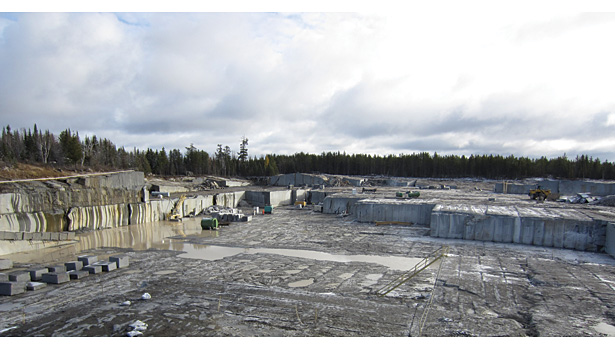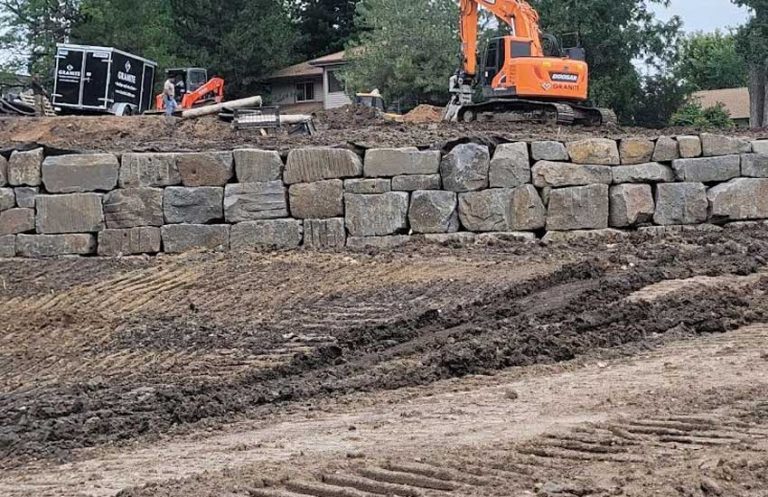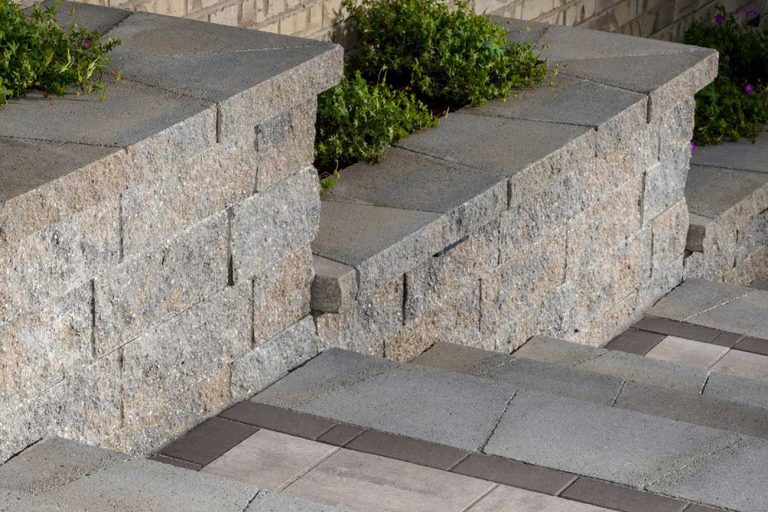Retaining Walls
When you’re planning to install a retaining wall, you’ll need to think about various cost factors like the size of the wall, the type of materials you’ll use, and labor expenses. Don’t forget to account for additional costs such as waterproofing and permit fees. These walls aren’t just about costs, though—they offer essential important benefits like controlling erosion and stabilizing soil. This can be vital for maintaining your landscape’s health and usability. But what really affects the budget and how do you balance that with the wall’s functionality? Let’s explore further.

Retaining Walls Cost Breakdown
Determining the cost of a retaining wall requires analyzing several key factors, including wall size, material type, and labor expenses. You’ll need to take into account that average costs per square foot are around $23, with variations ranging from $19 to $50.
Material choice plays a significant role; for instance, block walls often differ in expense compared to wood retaining walls. Labor costs typically range from $50 to $75 per hour. If you’re thinking about DIY, factor in additional costs for tools and materials.
A precise understanding of these elements guarantees you can budget effectively and achieve a successful project. By analyzing these aspects, you’re preparing to make informed decisions that align with your community’s standards and values.

Retaining Walls Design Considerations
When planning your retaining wall, you must meticulously consider the design elements and material selection, as these factors greatly influence the overall cost and functionality of the structure. Start by evaluating the terrain conditions and the wall’s intended purpose.
Choose materials—like concrete, wood, or stone—based on durability, aesthetics, and budget. Guarantee proper drainage design to prevent water buildup, which can compromise structural integrity. Assess the wall height and length as they directly impact material and labor costs.
Incorporate reinforcement techniques where necessary to enhance stability. Additionally, consider the equipment required for construction and whether you’ll hire professionals or undertake a DIY project. Each design decision plays an essential role in the long-term success and expense of your retaining wall.
Functional Benefits Retaining Walls
Retaining walls offer numerous functional benefits, including erosion control, soil stabilization, and enhanced water management. By preventing soil erosion, you guarantee that your landscape remains intact during heavy rains.
The walls stabilize the soil, which is vital for maintaining the structural integrity of slopes and hillsides. Enhanced water management is another key advantage, as retaining walls can direct water flow away from vulnerable areas, reducing the risk of flooding and water damage.
Moreover, these walls can create additional usable space in your yard, transforming previously unusable slopes into level areas for gardening or recreation. By addressing these essential needs, retaining walls contribute significantly to the overall health and usability of your property.
Retaining Walls Installation Scenarios
By understanding the functional benefits of retaining walls, you can better assess the various installation scenarios where these structures are most effective. When facing slope encroachment or managing soil slopes, retaining walls are essential for stabilizing the terrain and preventing erosion.
If your property has uneven yard heights, these walls can equalize levels, creating more usable outdoor space. In regions with heavy rainfall, retaining walls act as water barriers, managing runoff and protecting your landscape.
Additionally, they enhance property aesthetics, providing opportunities for creating terraced gardens or outdoor seating areas. Analyzing the specific needs of your land will guide you in choosing the right type and design for your retaining wall installation, ensuring functionality and visual appeal.
Additional Retaining Walls Costs
When evaluating the overall budget for your retaining wall project, consider additional costs such as waterproofing, permit fees, and seasonal labor rate fluctuations.
Waterproofing is important to prevent water damage and extend the wall’s lifespan, potentially adding significant costs.
Don’t overlook permit fees; these vary by location but are often necessary for compliance and safety.
Seasonal labor rates can fluctuate, with higher costs during peak construction periods.
It’s crucial to factor these variables into your budget to avoid unexpected financial strain.






